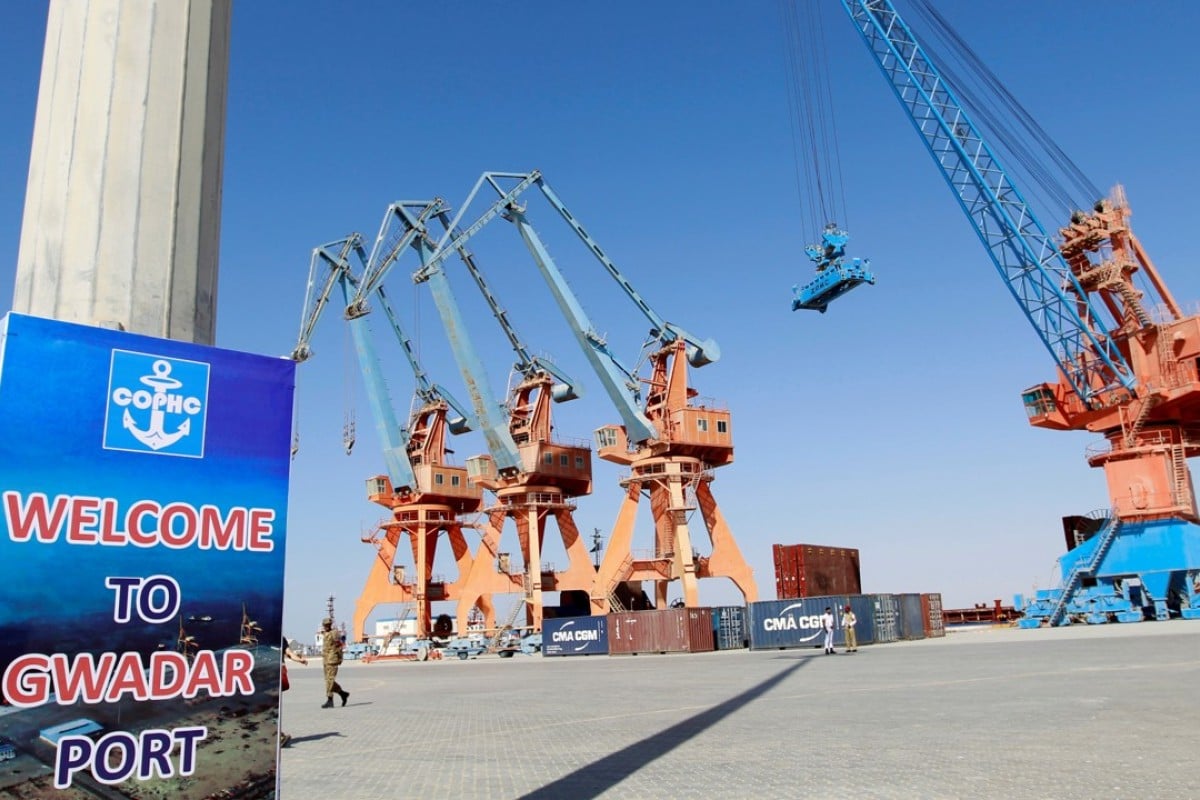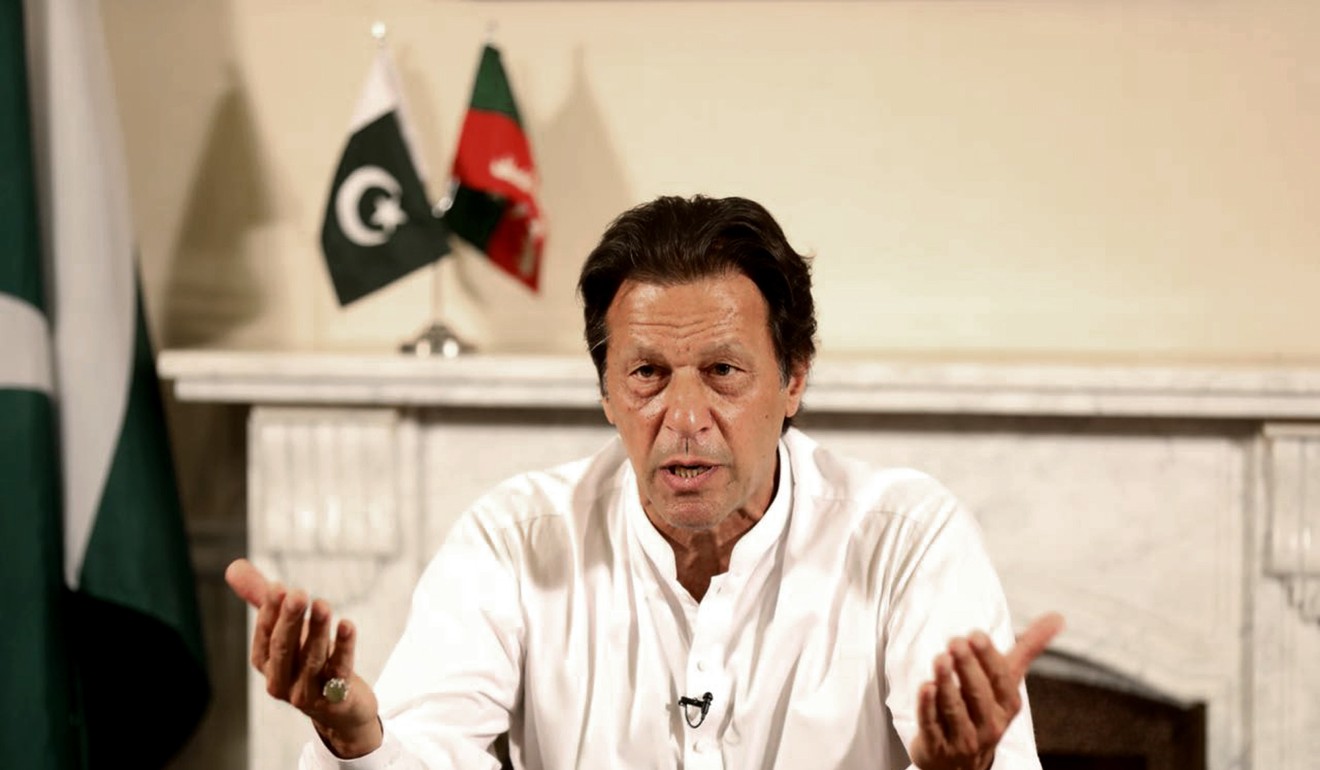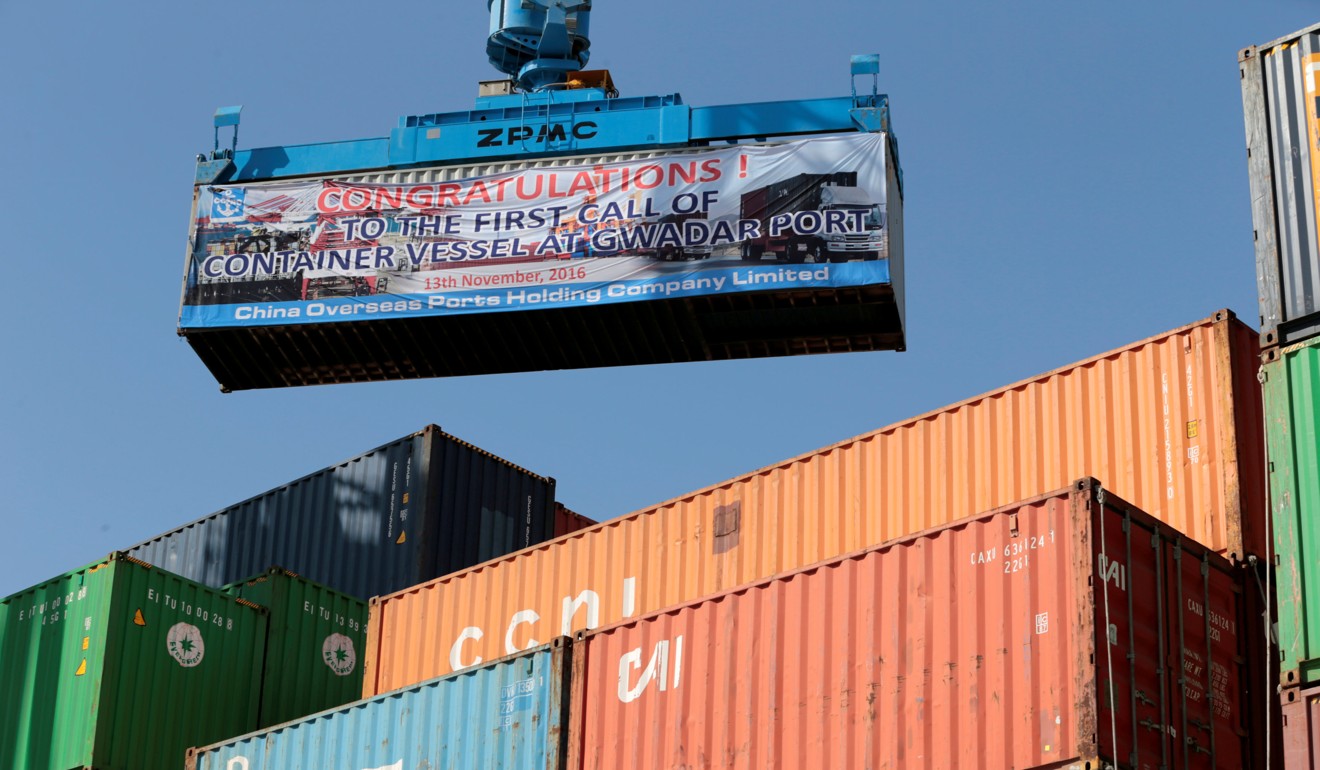BY TOM HUSSAIN
 Since 2015, Beijing has insisted that the China Pakistan Economic Corridor (CPEC), the showcase project of President Xi Jinping’s “Belt and Road Initiative”, is purely an economic programme – as its name suggests.
Since 2015, Beijing has insisted that the China Pakistan Economic Corridor (CPEC), the showcase project of President Xi Jinping’s “Belt and Road Initiative”, is purely an economic programme – as its name suggests.
Apparently, the new Pakistani administration of Prime Minister Imran Khan did not receive the memo. In the space of a couple of weeks, it has taken two decisions which have cast the CPEC as a bargaining chip in Pakistan’s complicated, ill-managed relationships with other key partners.
First, it has suddenly reduced the potential value of the CPEC programme to US$50 billion by 2030, down from US$62 billion. In one fell swoop, it decided to starve the western overland route from Xinjiang to the Chinese-operated Arabian Sea port of Gwadar of funding.
Pakistan is also considering slashing its planned spending on a CPEC project to rehabilitate its horribly outdated national railways network. Priced at about US$8 billion, it would constitute the single largest project of the enormous programme.
These drastic measures are part of Khan’s urgent response to an unsustainable current account deficit, which is currently at a record level, and severely depleted foreign exchange reserves. Viewed from his perspective, these issues were brought about, in part, by the greedy enthusiasm of his ousted predecessor, Nawaz Sharif, for the CPEC. Sharif failed to foresee the impact of massive inflows of Chinese machinery on Pakistan’s external finances, which have been kept afloat – barely – by a series of emergency Chinese loans and central bank deposits this year.
 The Khan administration is using the China Pakistan Economic Corridor for political as well as economic gain. Photo: AP
The Khan administration is using the China Pakistan Economic Corridor for political as well as economic gain. Photo: AP
Economists are convinced Pakistan has little choice but to apply to the International Monetary Fund (IMF) for a balance of payments bailout. Already, it is clear that any prospective bailout would come at a steep political price. US secretary of state Mike Pompeo has vowed to ensure that any American taxpayer money lent to Pakistan by the Bretton Woods institution would not be used to settle its Chinese debts. Accordingly, the IMF mission to Islamabad pushed for greater disclosure about CPEC project contracts.
This raises a poignant question: was the Khan administration’s decision to dump the western CPEC route an attempt to persuade the US to soften its line on multilateral financial assistance?
The answer may lie across the border in Iran, the target of the sanctions-driven Middle East agenda of US President Donald Trump. CPEC’s western route offered China an opportunity to develop an overland belt and road extension into Iran – a natural destination, given the considerable investments it made after the 2015 multilateral deal on Tehran’s nuclear programme.
Pakistan’s second decision, to invite Saudi Arabia to develop a massive refinery complex at Gwadar, certainly suggests the CPEC is being manipulated to serve ends other than China’s. The reformist Saudi administration of Crown Prince Mohammad bin Salman has courted the Trump administration to counter Iran’s growing role across the Middle East, and was delighted when Washington abandoned the nuclear deal struck by former president Barack Obama. Riyadh must be salivating at the prospect of setting up a strategic oil reserve 120km from Pakistan’s border with Iran. Tehran, on the other hand, would be foaming at the mouth at this brazen attempt to undermine its flailing economy.
 China was not informed about Saudi Arabia’s prospective investment at the port of Gwadar. Photo: Reuters
China was not informed about Saudi Arabia’s prospective investment at the port of Gwadar. Photo: Reuters
Asad Umar, the Pakistani finance minister, has admitted China was not informed about the prospective Saudi investment at Gwadar, the CPEC’s crowning glory. It was merely told that Pakistan planned to involve unspecified third-party investors, an idea China has always been open to because of the broader objectives of the belt and road plan.
Beijing had no idea the Khan administration was seeking to leverage Gwadar to persuade the Saudis to provide Pakistan with oil on a deferred-payment basis, so as to ease the pressure on its forex reserves and reduce the amount it would need to borrow from the IMF.
It must have been alarmed to learn the identity of the mystery investor, and then to hear Pakistan’s information minister, Fawad Chaudhry, describe the Saudi project as part of the CPEC. He hastily backtracked the next day, but not before strengthening the impression that the Khan administration was not being entirely honest or sincere with its “iron brother”.
The reasons for its duplicity are clear enough. Pakistan is uncomfortable with the prospect of becoming the focal point of an economic confrontation between the US and China that threatens to escalate into a 21st-century cold war. It has also noted that talks are under way to bring India into the fold of the counter-belt-and-road fund recently launched by the US and Japan, and that the European Union has unveiled similar plans to resist China’s economic expansionism.
Pakistan’s economic and strategic circumstances simply do not accord it the luxury of taking sides in a stand-off between behemoths, all of which it is beholden to. This promises to invigorate the conversations to be held during Khan’s forthcoming visit to China.
Officially, China will persist with the position that it is working to develop the CPEC in accordance with Pakistan’s wishes. It may seek to placate Khan by agreeing to improve the terms of existing and future CPEC project agreements, reschedule some of the bilateral debt, and relax tariff barriers for Pakistani exports. But Xi must be wondering whether the calculated gamble of showcasing his signature initiative in Pakistan is going to pay off or backfire.
No comments:
Post a Comment